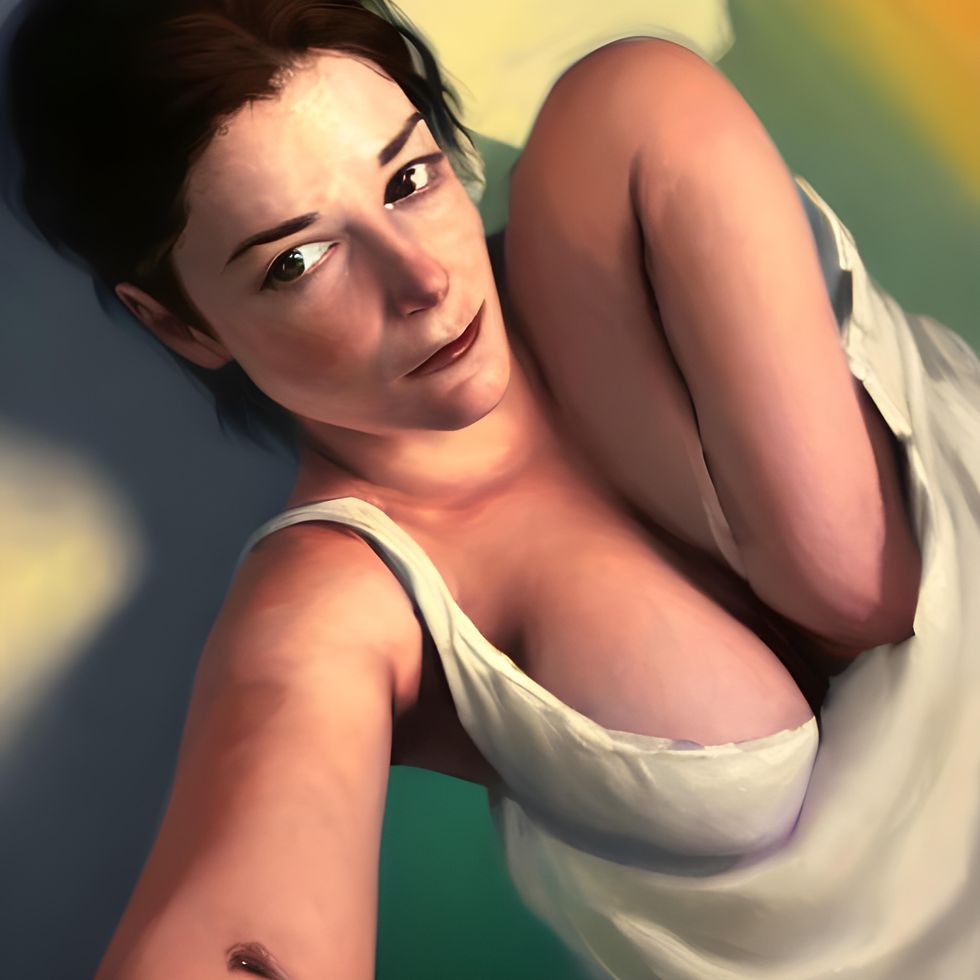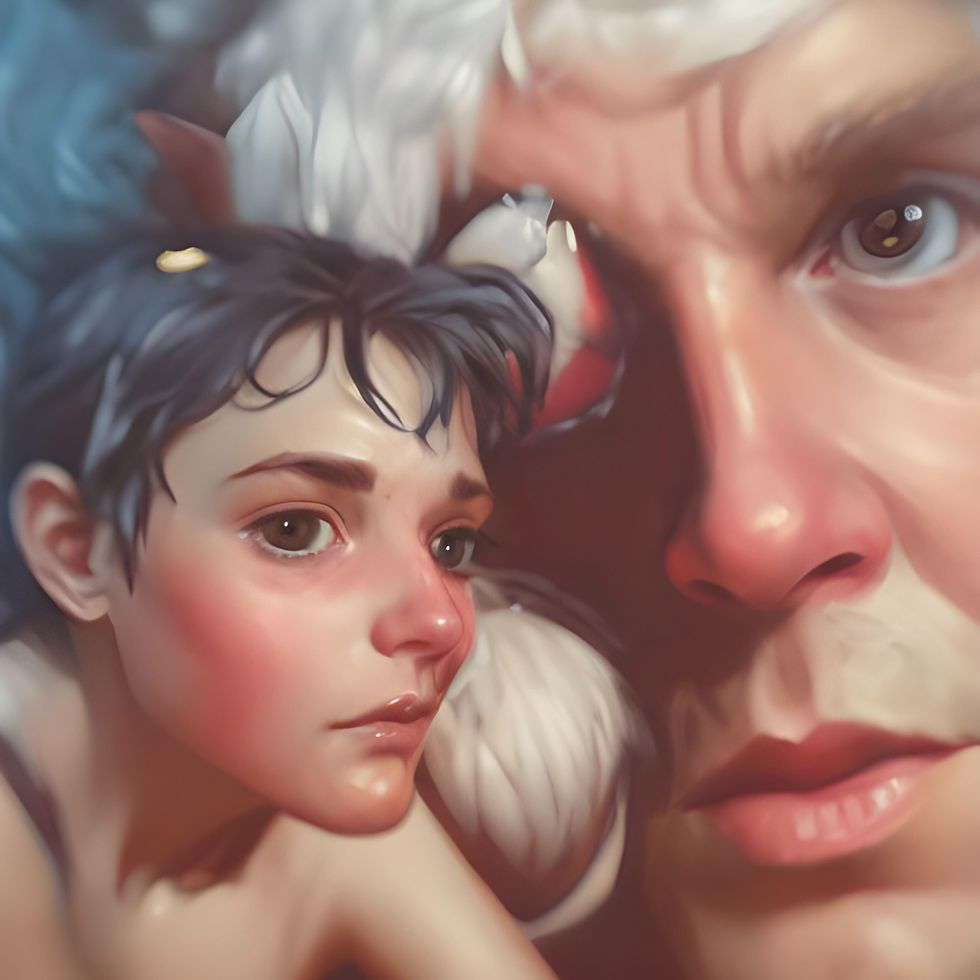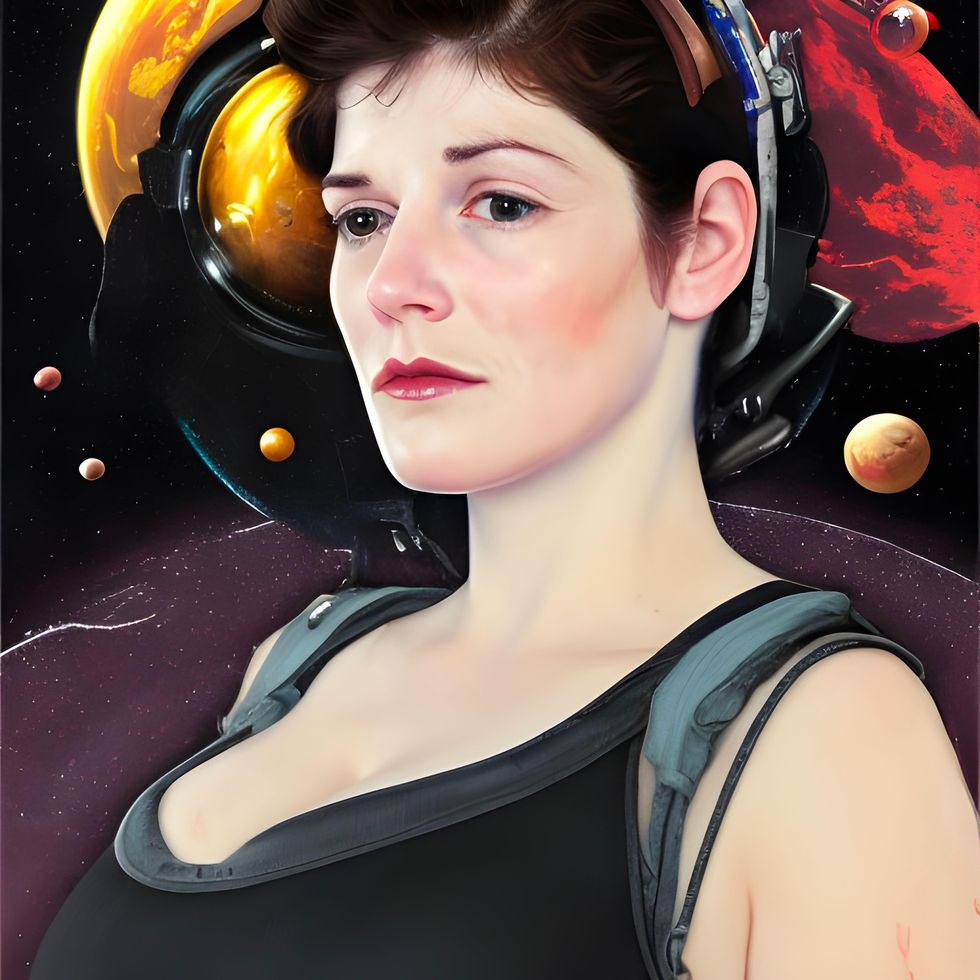As artificial intelligence becomes more advanced, AI image and writing generators are becoming more widespread, even taking on creative tasks some once thought uniquely human.
These tools have limitations. AI-created images sometimes appear half-finished (look no further than DALL-E’s early renderings of faces), and AI-generated writing can sound like garble written by, well, a robot.
The surge in AI use for creative work like copywriting and developing art has some in the creative fields concerned about losing their jobs, going the way of the traditional animator at Pixar. Reports like one published in 2021 by San Mateo-based job discovery platform Zippia don’t help with statements like, “AI could take the jobs of as many as one billion people globally and make 375 million jobs obsolete over the next decade” and “half of all companies currently utilize AI in some fashion.”
Using AI to create open-source art available to the masses wasn’t on the radar for many until the release of the text-to-image creator DALL-E Mini last summer. The release coincided with the Washington Post’s profile of Google engineer Blake Lemoine, who claimed Google’s Language Model for Dialogue Applications (LAMDA) was sentient.
AI innovations like GPT-3—a large language model which uses deep learning to produce original text—are touted as solutions to a host of problems with little discussion about drawbacks or limitations. One notable example is the widely-used writing assistant Grammarly, which uses a combination of artificial intelligence techniques, including deep learning and natural language processing.
Hour One’s Natalie Monbiot says creatives shouldn’t be concerned about AI.
“It's normal to feel anxious about it, and it will be a realistic concern for those whose actual work can be done more cheaply, quickly, and consistently via machines,” says Monbiot, who is head of strategy for the avatar video generation platform.
“These new technologies are new tools,” she says, like “the pen, the typewriter, computers, and so on.”
Monbiot says that as AI becomes more instrumental to creators’ work, “there will be a higher premium on creativity (which is distinctly human) and less on execution.”
Kris Ruby of Ruby Media Group, a PR agency, tells dot.LA that users go wrong with AI writing products by trusting them to produce finished work. That “is not how the tools are supposed to be used,” Ruby says.
According to Ruby, users of text-to-image generation tools like DALL-E Mini and Midjourney make the mistake of “calculating the cost of the software subscription…but not the number of hours it takes to get even one useable image.”
Austin-based Jasper.ai’s CEO Dave Rogenmoser says these applications “eliminate the mundane elements of the content creation process.” Jasper develops multiple AI-powered writing tools and recently added a text-to-image creator to its suite.
“It isn’t a replacement for creators or the creative process,” he says, “rather, it’s a trusty sidekick in the content process that helps bring ideas to life faster and in a more efficient way.”
San Francisco-based Writer.com is an AI writing assistant focused on corporate clients. Its CEO, May Habib, tells dot.LA that creators have more to gain from the tools than they have to lose.
“Like any tool, it is about depth: AI writing tools are most powerful in the hands of those who are already pretty skilled, but still pretty useful for everyone,” Habib says.
“We don’t think AI is going to take away real writing jobs,” she continues, “but it will speed up ideation and drafting.”
Is there a danger of overselling AI before it can meet companies’ expectations?
Habib’s answer? Absolutely. Consumers should not expect artificial intelligence to solve all their problems. Applications powered by AI “can’t feel like magic,” she says; they have to “feel like technology."
AI expert Mikaela Pisani is the Chief Data Scientist for Los Angeles-based Rootstrap, which develops apps for startups. Asked if it was realistic for creators to worry about losing jobs to artificial intelligence, Pisani says, “AI is becoming increasingly creative” and “can help creatives generate content ideas at scale.”
When it comes to fears that AI might replace creators, Pisani notes that “Creativity is defined as 'the ability to produce or use original and unusual ideas.’”
“To think outside of the box is implicitly hard to do for machines,” Pisani says, “since AI are trained on available information. Therefore, our creative brain won't be replaced by AI in the near future, since it is too challenging for machines to recreate innovation. By extension, AI does not create a final piece of art, but it can be used as a co-creator.”
Pisani’s perspective isn’t that different from execs behind AI-fueled startups. She says that because artificial intelligence can “multitask rapidly, it could also be a source of inspiration for artists.”
“Writers, musicians, designers, or artists,” Pisani continues, “shouldn't be afraid of being replaced but should make themselves aware of these AI tools that can help their creativity reach a new level of scale."
So far, the consensus seems to be that AI is just an instrument, not a replacement for human artistry.
It’s still early, though, and artificial intelligence use is evolving fast. Just last week, Vanity Fair reported that 91-year-old James Earl Jones is retiring from voicing Darth Vader for future Star Wars shows and movies. His replacement? Respeecher, AKA “voice cloning powered by artificial intelligence.” The Ukraine-based company says its product “leverages recent revolutionary advances in artificial intelligence” to create “voice swaps [that] are virtually indistinguishable from the original — and never sound robotic.”
One thing seems clear: AI is here to stay.
From Your Site Articles
Related Articles Around the Web






